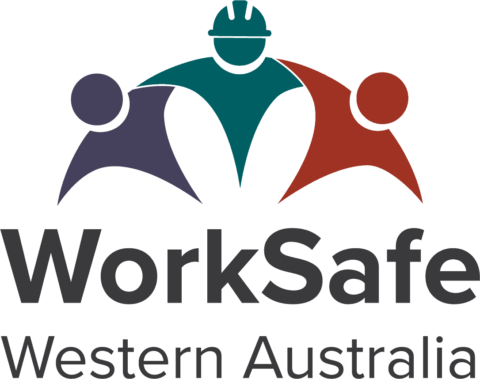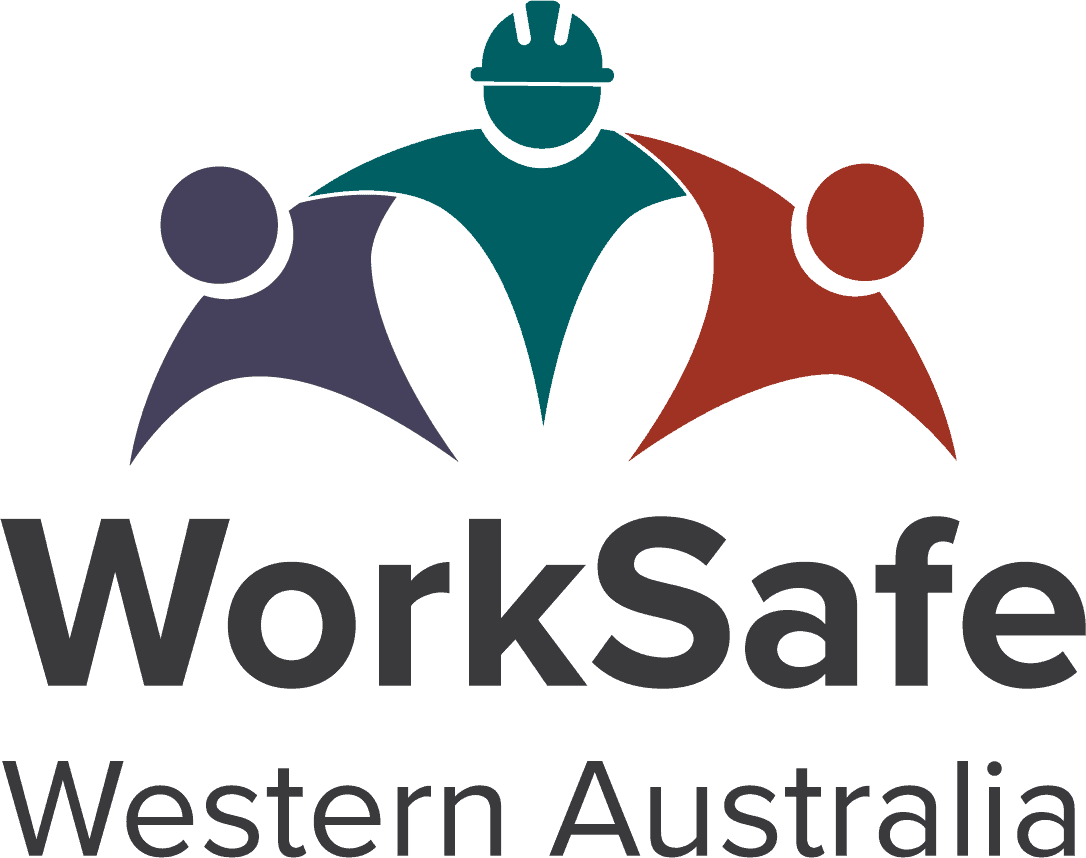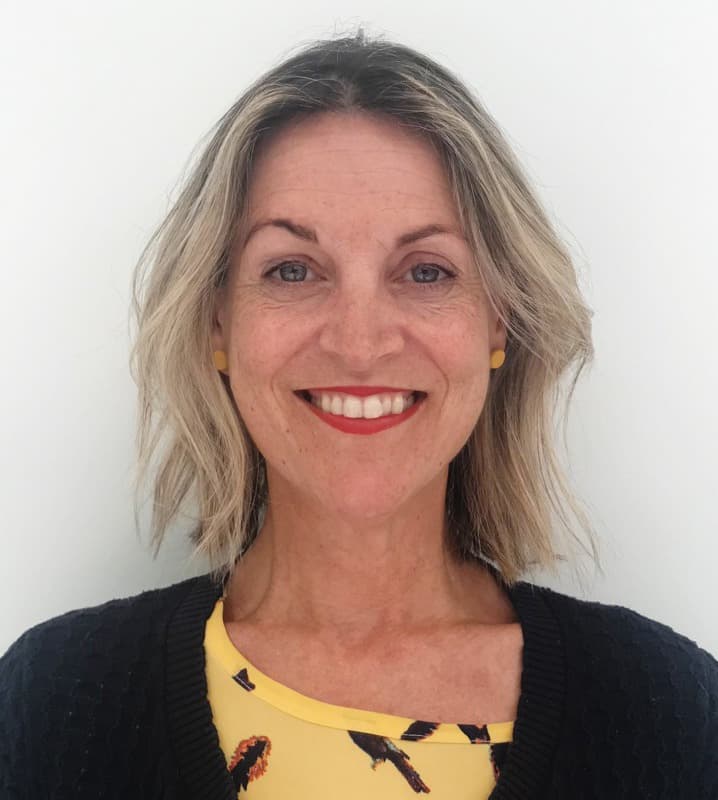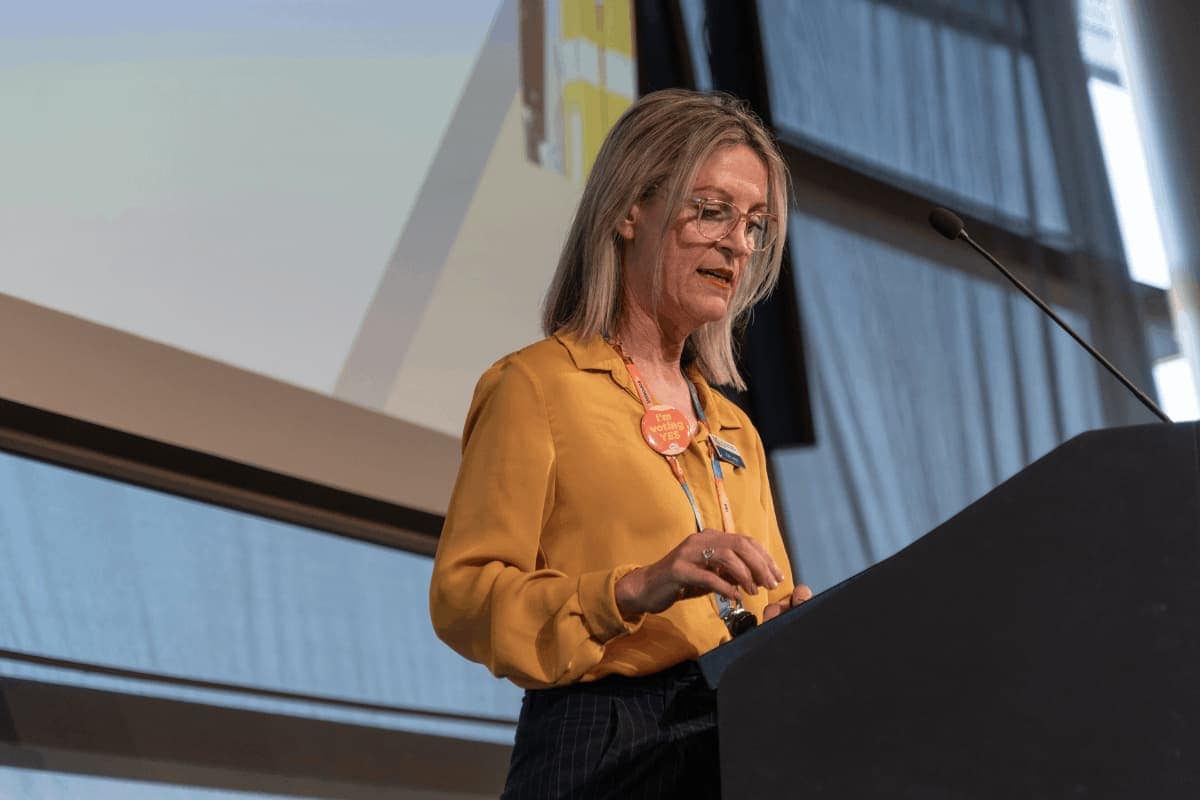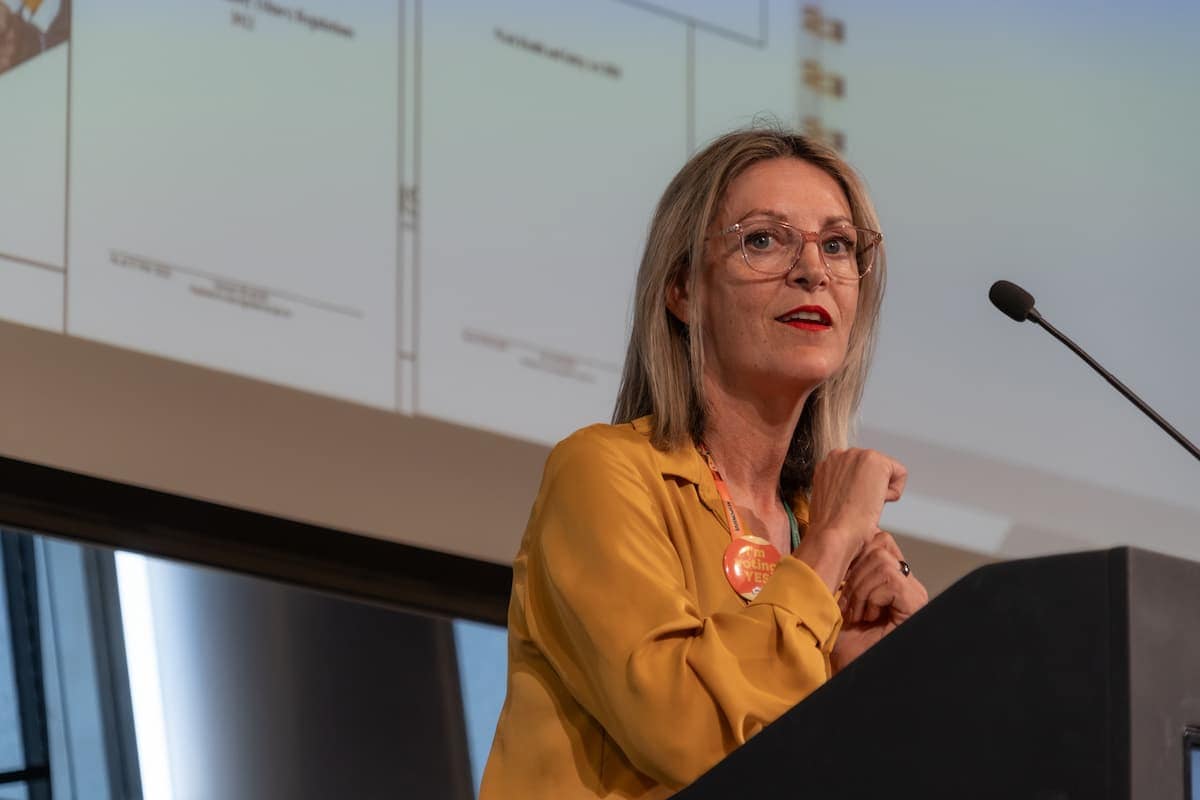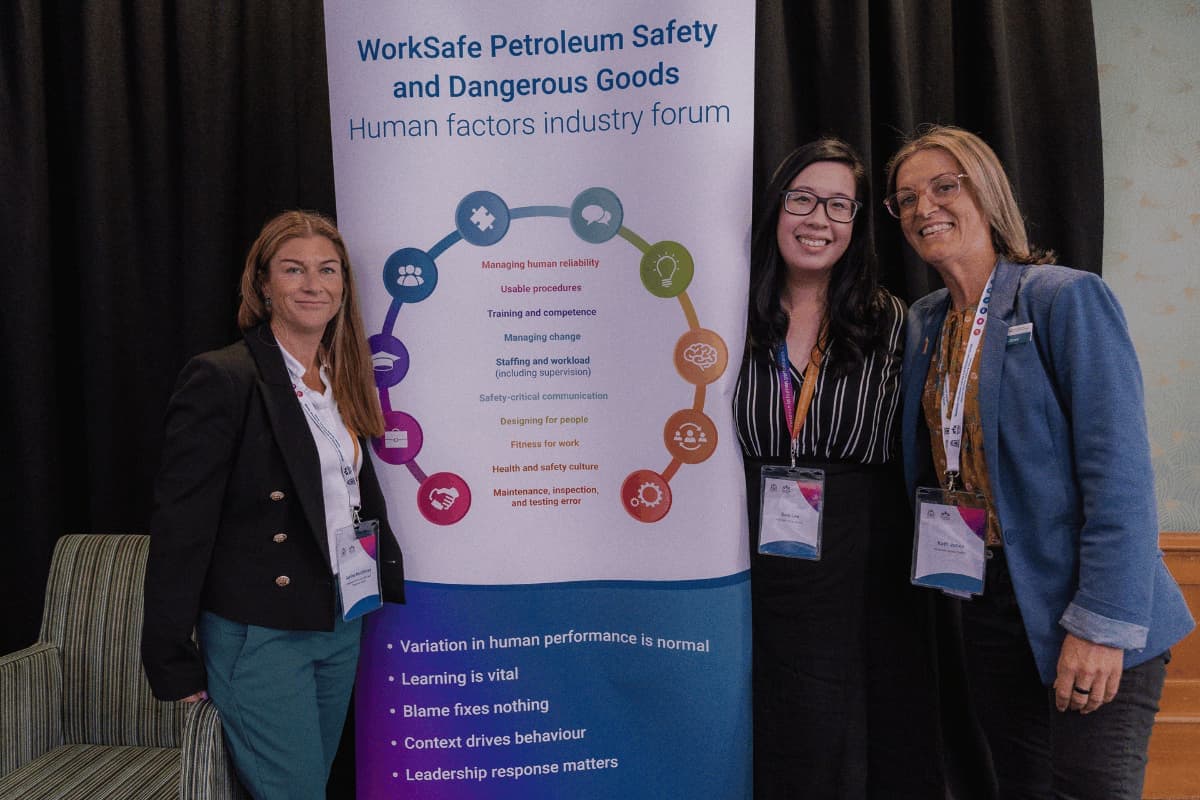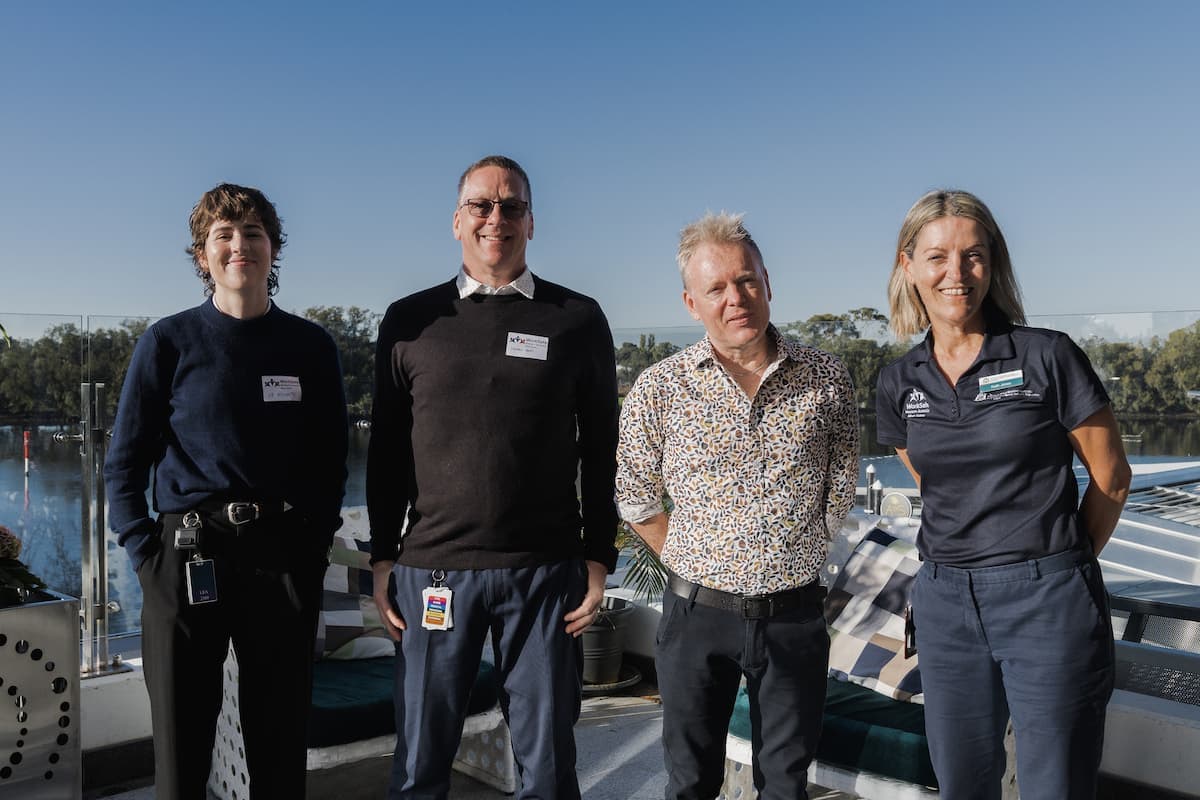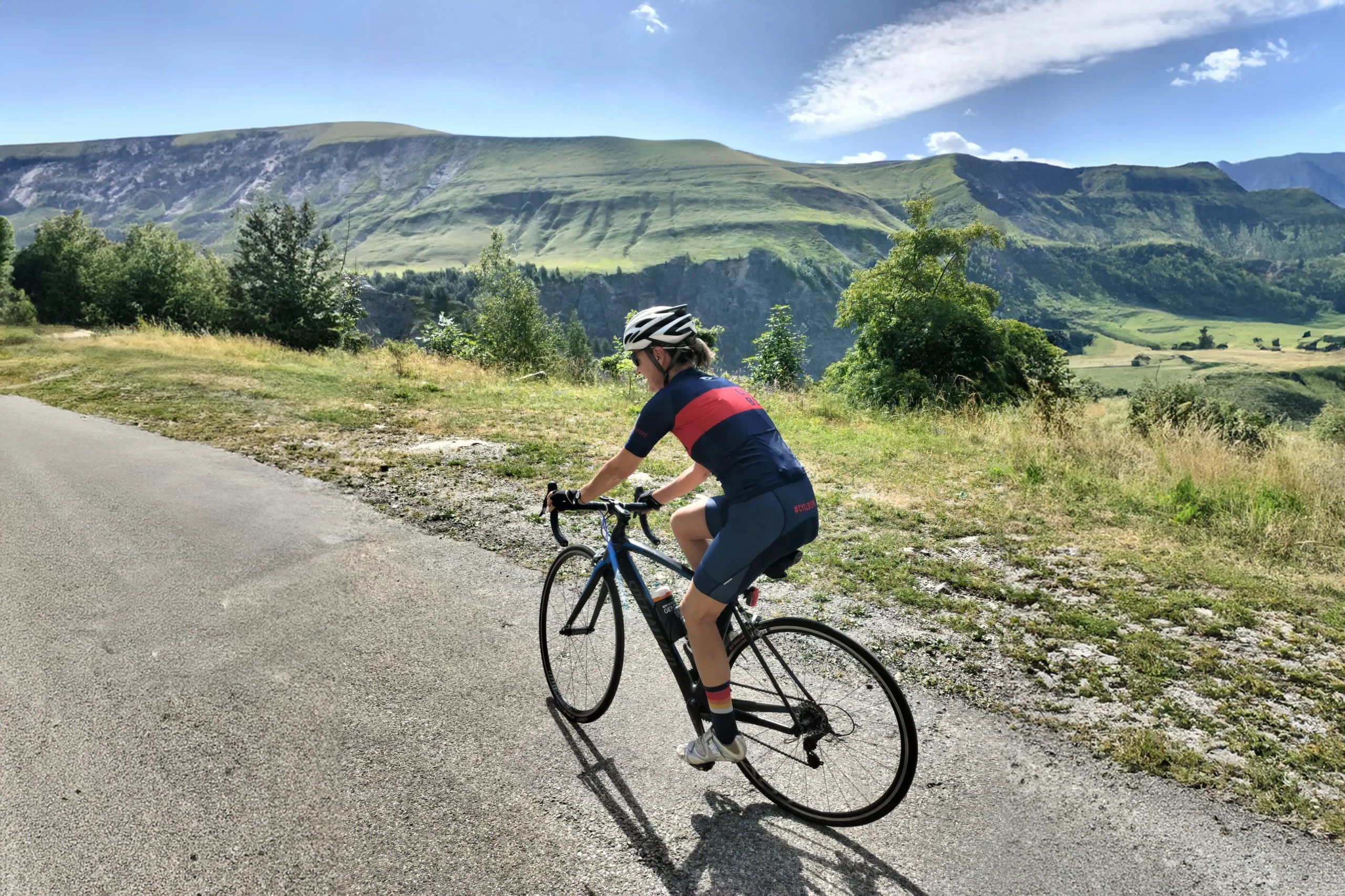It was also where she became a subject matter expert of violence and aggression in the workplace. Kath believes that the experience was a catalyst for her taking a role with WorkSafe as a Senior Scientific Officer in 2007, specialising in human factors and ergonomics.
‘I love the work we do at WorkSafe because it is an opportunity to apply the law to make sure that there are psychologically healthy workplaces.’
‘I believe that everyone should be able to go to work and feel psychologically safe and comfortable enough to speak about the issues and go home feeling healthy and happy.’
Bring a successful mental health initiative to Western Australia
The recent addition of psychosocial hazards into Western Australia’s work health and safety laws was a full-circle moment for Kath.
‘To see all the recommendations that mental health professionals have been suggesting for many years to eliminate or manage psychosocial hazards in the workplace be added to our State’s legislation is very gratifying,’ she said.
‘I am now helping workplaces to meet their duty of care and fulfil their requirement to control and manage psychosocial hazards under regulation section 55D.’
In her current role as Team Leader Metal Health and Wellbeing, Kath and her team are implementing a new WorkSafe Mines Safety initiative aimed at assisting mine sites to resolve issues related to gendered violence. The initiative was developed in response to several issues identified in the Western Australian Government’s ‘Enough is Enough’ Report and the Australian Human Rights Commission’s Respect@Work Report.
As part of the initiative, Kath is applying the People at Work psychosocial risk assessment survey within Western Australian mine sites. The survey was designed to assist persons conducting a business or undertaking (PCBUs) to identify risk factors and implement controls for psychosocial hazards, including gendered violence.
Breaking barriers to successful implementation
The implementation of the initiative wasn’t devoid of challenges. ‘There was initial resistance’, Kath said. ‘However, we have worked with the PCBUs to help them understand that the survey is not only a data collection tool but also an educational one.’ The mining industry can adopt the knowledge gained to upskill and build awareness about identifying psychosocial hazards. Data from the survey provides multiple benefits to workers and PCBUs, potentially improving psychosocial health throughout the mining industry.
‘I am able to speak with all workers on mine sites to identify psychosocial hazards and risk factors, instruct PCBUs on how to develop risk assessments, and use the data to set industry benchmarks,’ she said.
‘We might find that the issue is workload, or it might be role clarity, or it could be something simple like organisational injustice. If you know what the problem is, you will know how to resolve it’.
‘This takes away the blame and instead is a positive process, lifting the lid and looking at what’s underneath these behaviours. That’s how you can address the root causes. The initiative is a consultative mechanism that can be used as a guide for future projects and resources.’

